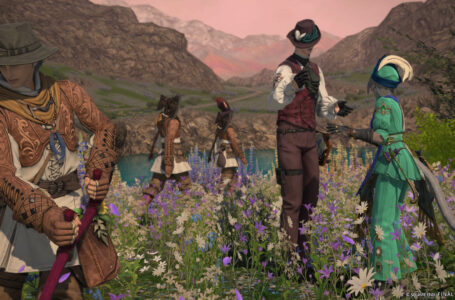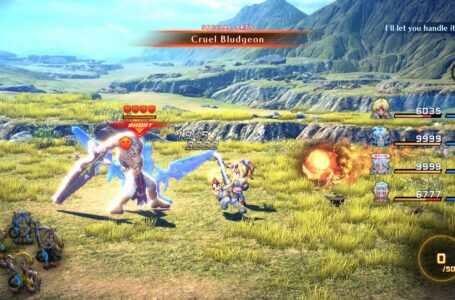As Final Fantasy XII is to XI, so is Final Fantasy XVI to XIV
Even for the most devoted Final Fantasy fan, there are two mainline installments that you can’t necessarily guarantee everyone has played — and, perhaps more worryingly, two mainline installments that will, at some indefinite point in the future, become completely inaccessible.
These are Final Fantasy XI and Final Fantasy XIV, both of which are subscription-based massively multiplayer affairs. As someone who has played both (albeit not to “completion” in either case) I can say with confidence that they are very much worth playing for anyone who considers themselves a Final Fantasy fan — but at the same time, I also understand the resistance, particularly in the case of Final Fantasy XI.
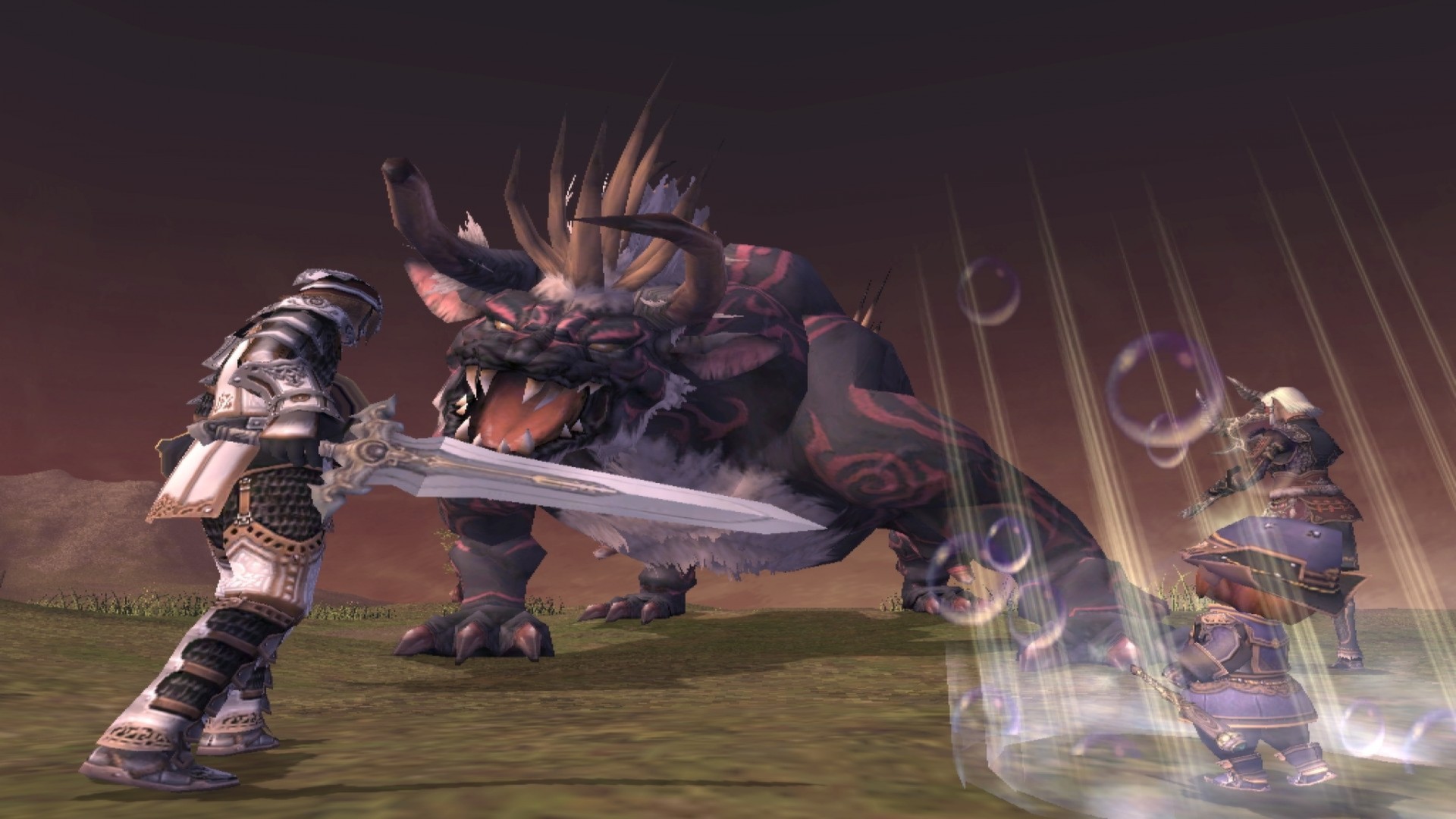
Final Fantasy XI first released in 2002, two years before World of Warcraft redefined the massively multiplayer online RPG model. This means that, at launch, it was following a similar mould to other MMOs that were around at the time — most notably Sony’s EverQuest. For those who have never played an early MMO, that means a strong focus on party play, even when simply wandering around the game world; these are games where a simple rat or rabbit would kick your ass if you didn’t have some friends along to help you out.
To be fair, your first ten levels or so in Final Fantasy XI at launch were probably just about soloable — if you made sure that you only ever fought enemies that registered as “easy prey” and made sure to rest up and fully restore your HP and MP after every single fight. After that, though, if you wanted to get anywhere, you would need to stand in the middle of a field yelling “15RDM LFG” (or equivalent) until someone took pity on you. Particularly once you got to the point where you needed to unlock dual-classing, which required that you obtain several very specific items from tough enemies in the Valkurm Dunes.
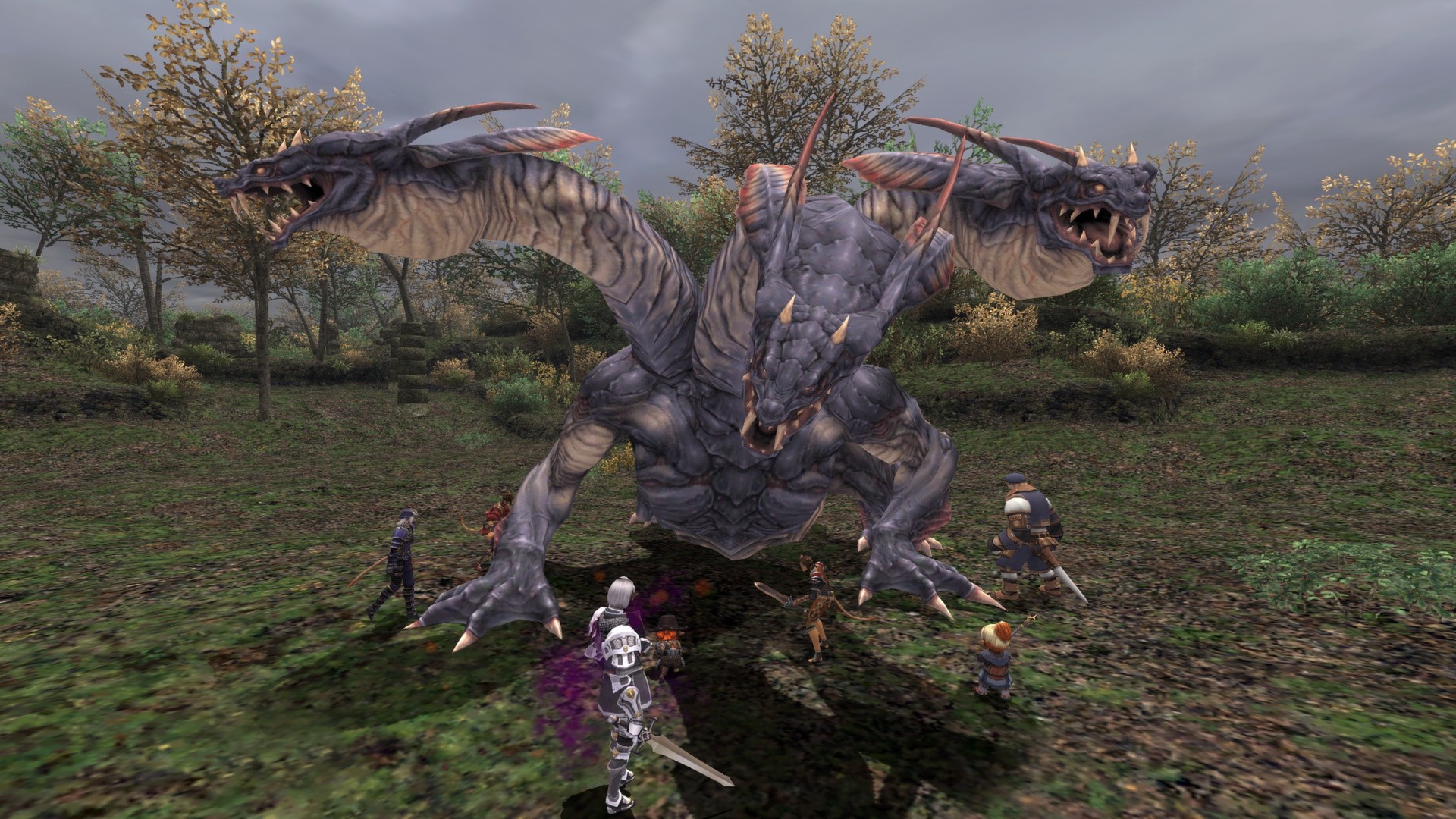
There were good things and bad things about this approach. The good thing was that the “enforced” socialisation that came about through the necessity to cooperate with others often made for some fun gaming experiences. Everyone was in the same boat with regard to “needing” to do this stuff, so there was a really nice sense of camaraderie, and this often led to friendships forming. The bad thing, meanwhile, was that not only was this hell for people who felt anxious in social situations, it also meant that you could quite easily have a Final Fantasy XI play session that lasted for several hours in which you made no progress whatsoever if no-one was available (or wanted) to help you.
These days, the vast majority of this aspect of Final Fantasy XI has been completely alleviated through the “Trust” system, whereby you can summon avatars of various NPCs in the game to fight alongside you and act as party members. There’s even a fun metagame aspect to this, given that unlocking certain characters requires that you complete specific quests or find certain items. It was a positive move in the long term, and helps make Final Fantasy XI a lot more accessible today than it once was.
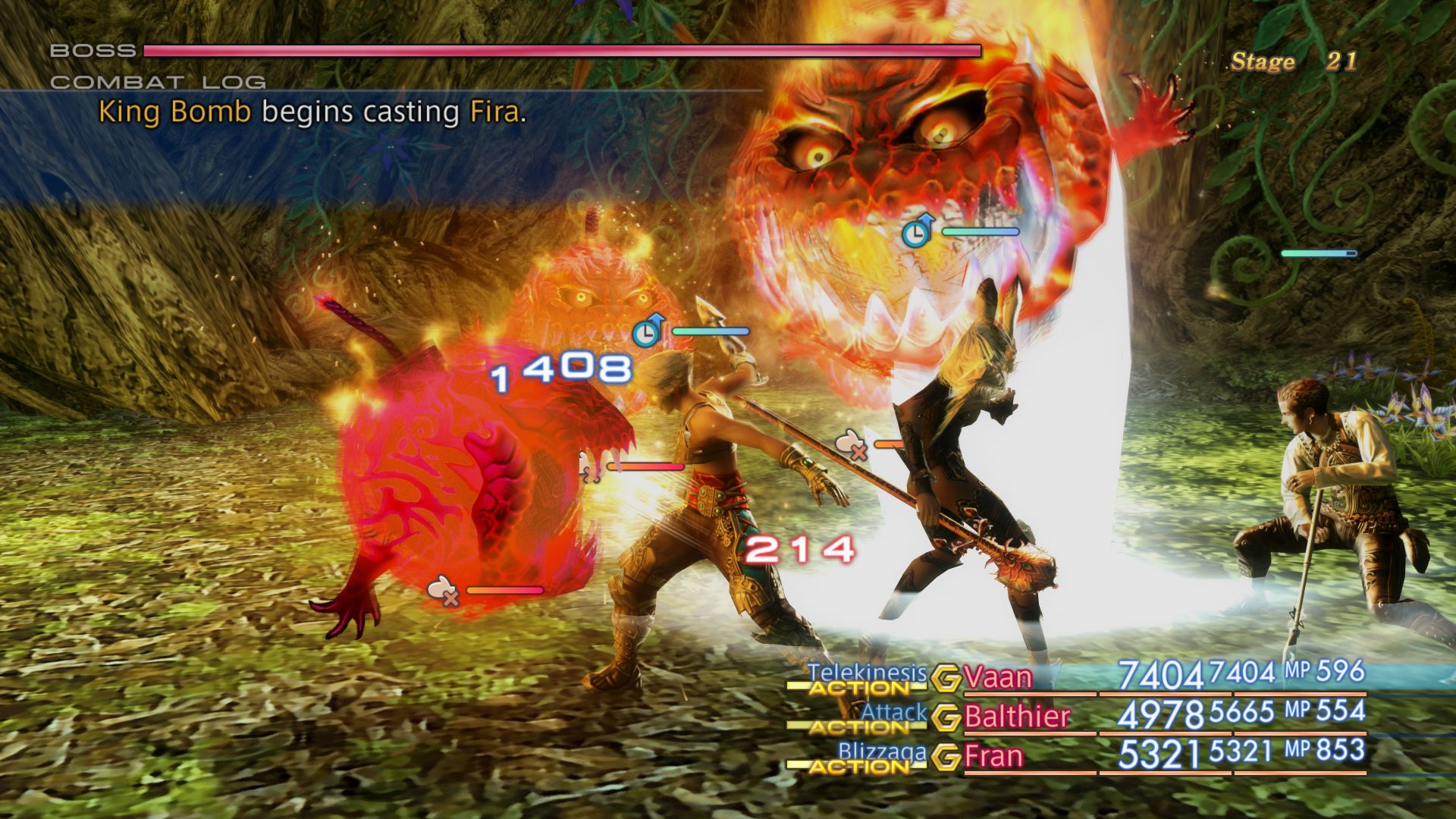
Back in the day, meanwhile, Square Enix had another answer to that problem, which was simply to release a brand new Final Fantasy game that made use of many of the new ideas introduced by Final Fantasy XI, but kept them in a strictly single-player space. That game was, of course, Final Fantasy XII.
If you’ve played both Final Fantasy XI and XII it’s not hard to see — and, perhaps more noticeably, hear — the connections between them. The footsteps sound is identical between the two games, for example, as are many of the battle sound effects. The camera perspective is the same. The pace of combat is very similar, and the feel of letting battle unfold and occasionally manually triggering various abilities and spells, each of which take time to cast (and, sometimes, to cool down) is very similar.
The main differences are that you probably won’t get slaughtered by a tiny little rabbit or a bumblebee within the first ten minutes of play in Final Fantasy XII, and that Final Fantasy XII takes a much more “directed” approach to steering you through its main scenario — though still offers plenty of freedom as you progress.
To put it another way, if Final Fantasy XI still doesn’t appeal even with the addition of the Trust system, Final Fantasy XII is a more than adequate substitute.
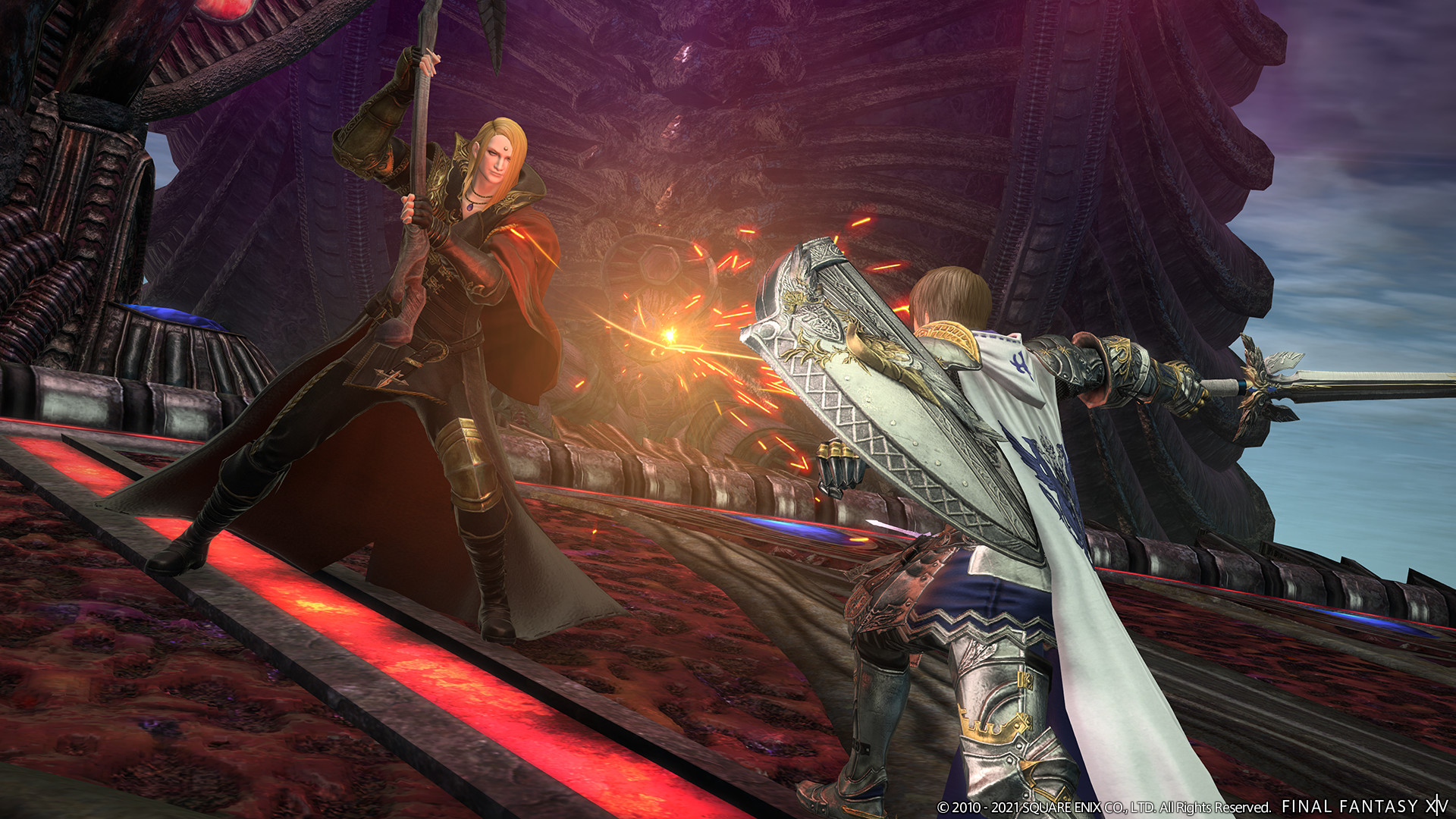
Twenty years later, we’re looking at a very similar situation. Final Fantasy XIV is extremely well-regarded and popular — more so than Final Fantasy XI ever was, despite the fact that XI is still up and running today, an impressive feat in itself — but there are still folks who don’t want to play a massively multiplayer game with a subscription fee. And that’s still understandable, particularly in an age where people are very suspicious of “live service” games at the best of times.
For what it’s worth, Final Fantasy XIV offers very good value for money, with substantial new additions to both the main story and optional content being added on a regular basis, and while there are some microtransactions available to do things like skip past story or level to a particular milestone in order to catch up to the latest expansions, there’s nothing “game-breaking” in there; you can’t, say, buy a weapon that will immediately make you substantially more powerful than regular players — and even if you could, Final Fantasy XIV places such a strong emphasis on player skill and knowledge of mechanics that it wouldn’t do you much good by itself.
But I digress. Fact is, Final Fantasy XIV doesn’t appeal to everyone, but there are people for whom the game itself doesn’t appeal, but who find themselves feeling like they are missing out on things like Naoki Yoshida’s input on the series, Michael-Christopher Koji Fox’s amazing work on the English script and, of course, Masayoshi Soken’s incredible soundtrack.
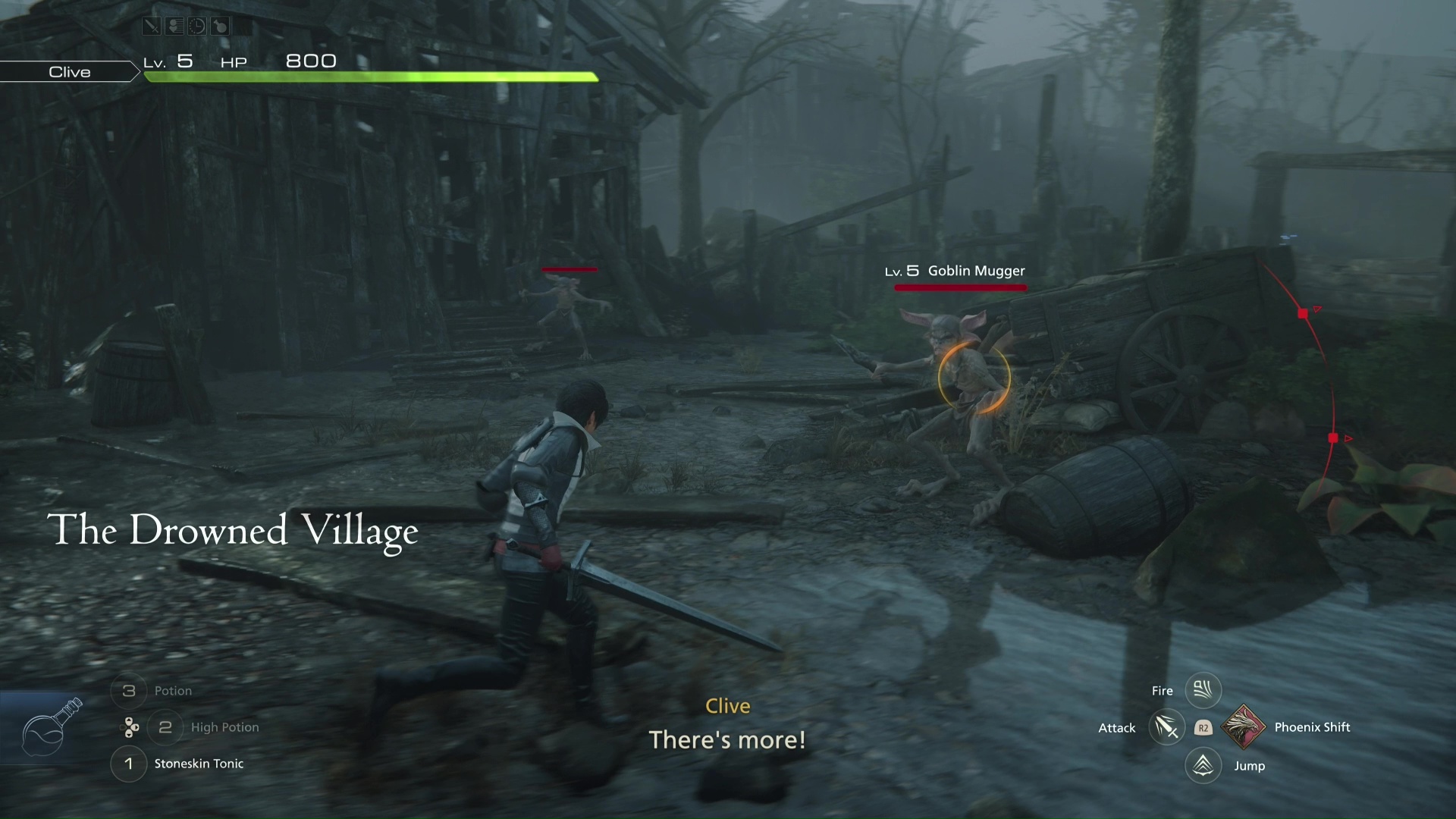
Square Enix’s answer to this problem is, once again, to release a brand new Final Fantasy that includes all the best bits of Final Fantasy XIV, as previously noted, but make it a strictly single-player experience. The two entries in question aren’t immediately adjacent this time around, thanks in part to the troubled development of Final Fantasy XV, but that connection is still very much present and correct. Yoshi-P’s influence on the whole game is very apparent; Koji Fox’s English script is excellent; Soken’s music is magnificent.
There’s a more noticeable disparity in the way the two games play this time around, of course, with Final Fantasy XVI marketing itself as “the first true action RPG in the series” while Final Fantasy XIV makes use of what we today regard as relatively conventional cooldown-based MMO combat. But there are definite connections between the two. More to the point, there are even mechanical and stylistic elements that can be traced right back to Final Fantasy XI, too, which is very pleasing indeed for longstanding fans of the series.
Those of you who have played the recent Final Fantasy XVI demo for PlayStation 5 will have likely experienced the Chirada and Suparna fight in the “Eikonic Challenge” section of the demo. This boss battle sees you facing off against Garuda’s two sisters, much as you do in the Howling Eye trials in Final Fantasy XIV, and makes heavy use of telegraphed attacks that go off shortly after appearing. This latter aspect in particular feels like it’s been pulled directly from Final Fantasy XIV’s intricately designed boss battles, and ensures that combat is always more than simply getting up close and spamming attacks as much as possible.
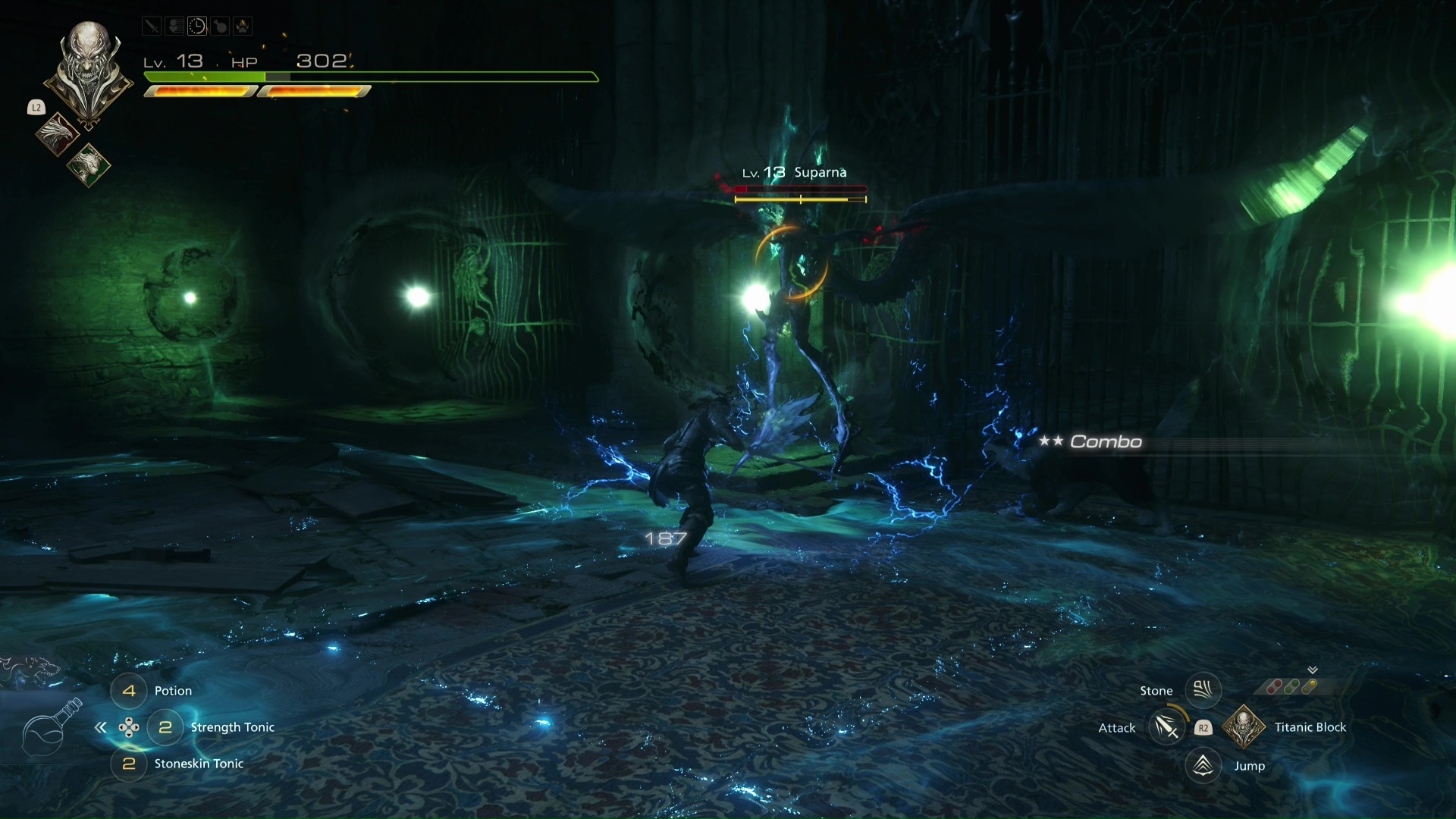
This sort of thing shows up elsewhere, too; again in the Eikonic Challenge section, Benedikta will make use of abilities that will be familiar to anyone who fought Garuda in Final Fantasy XIV, but Final Fantasy XVI’s ability to evade in real-time puts an interesting new twist on dealing with them. These mechanics are comfortingly familiar for those who have played and loved Final Fantasy XIV, but work well on their own merits for those who skipped it.
The Final Fantasy XI homages, meanwhile, are a little more subtle. Probably the most obvious is in the naming conventions of the goblin characters seen in the Stillwind section of the main demo. “Goblin Mugger” and “Goblin Weaver” enemies will be well familiar to anyone who played Final Fantasy XI — in fact, they were usually enough to make solo players run away screaming during their early levels — though here they look a little different, since they don’t wear the masks they’re typically seen wearing in both Final Fantasy XI and XIV.
Mechanically, there’s one big carry-over from Final Fantasy XI to XVI, and that’s Magic Burst. In Final Fantasy XI, a big emphasis in high-level party play was creating “Skillchains”, which involved players setting off specific combinations of weapon skills in succession, one after another, in order to create specific elemental effects and deal heavy damage. The effectiveness of these could be further improved if a mage tossed an appropriate-element spell into the mix as a final flourish, and this was known as Magic Burst.
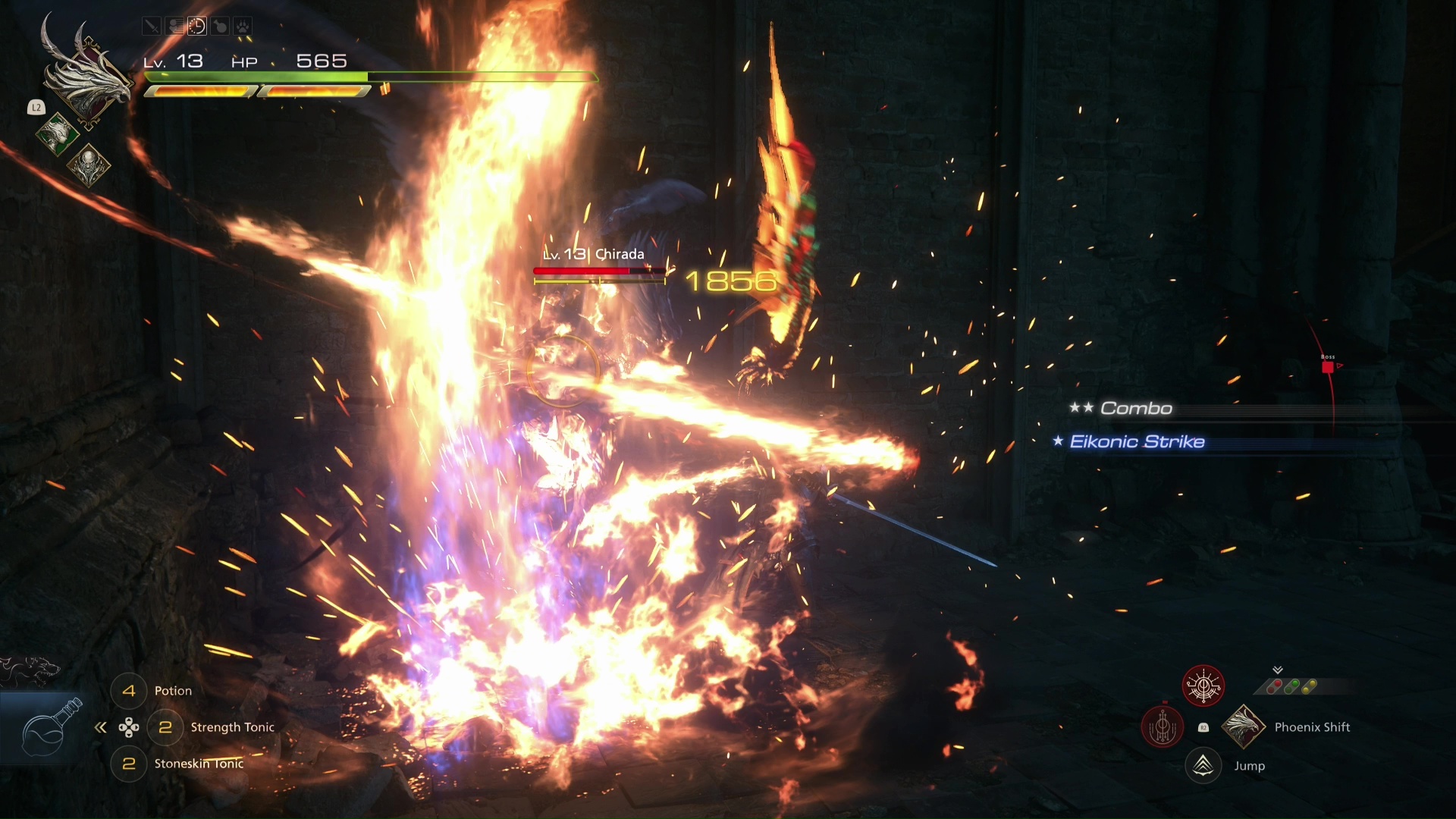
In Final Fantasy XVI, it’s a little simpler, since you’re playing solo as Clive for the majority of the game. Creating a Magic Burst in Final Fantasy XVI is simply a case of weaving in a magic spell into your melee combos. I say “simply”; getting the timing right is quite challenging, but being able to successfully pull off several combos and magic bursts in succession is immensely rewarding, both in terms of the on-screen feedback and how effective it is against your enemies.
It’s really pleasing to see how much love and respect Final Fantasy XVI clearly has for its predecessors in the series — not just Final Fantasy XIV, which it’s clearly a response to, but also other past favourites, too. For those who are still concerned that the series going “action RPG” means that it won’t be Final Fantasy any more, it’s abundantly clear that you really don’t have anything to worry about. This is — and always has been — a series that respects its legacy while continually pushing forwards into new and creative territory. And that’s never going to change.
Join The Discussion
Rice Digital Discord
Rice Digital Twitter
Rice Digital Facebook
Or write us a letter for the Rice Digital Friday Letters Page by clicking here!
Disclosure: Some links in this article may be affiliate links, which means we may earn a small commission if you make a purchase after clicking on them. This is at no additional cost to you and helps support Rice Digital!
- Letter from the Editor: passing the torch - June 30, 2023
- Super Woden GP 2 is looking promising - June 30, 2023
- Inti Creates is making a 32 bit-style Love Live action platformer - June 26, 2023




